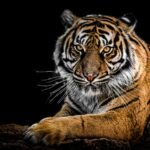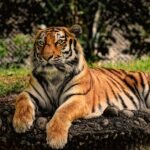The world of big cats is as fascinating as it is diverse. These majestic creatures, including lions, tigers, leopards, and cheetahs, have roamed our planet for millions of years, adapting to various environments and evolving into the apex predators we know today. One of the most intriguing aspects of their survival is their ability to adapt their diets based on changes in their habitats. This article explores the various ways in which big cats adjust their feeding habits in response to environmental shifts, showcasing their remarkable adaptability and resilience.
The Importance of Diet in Big Cat Survival
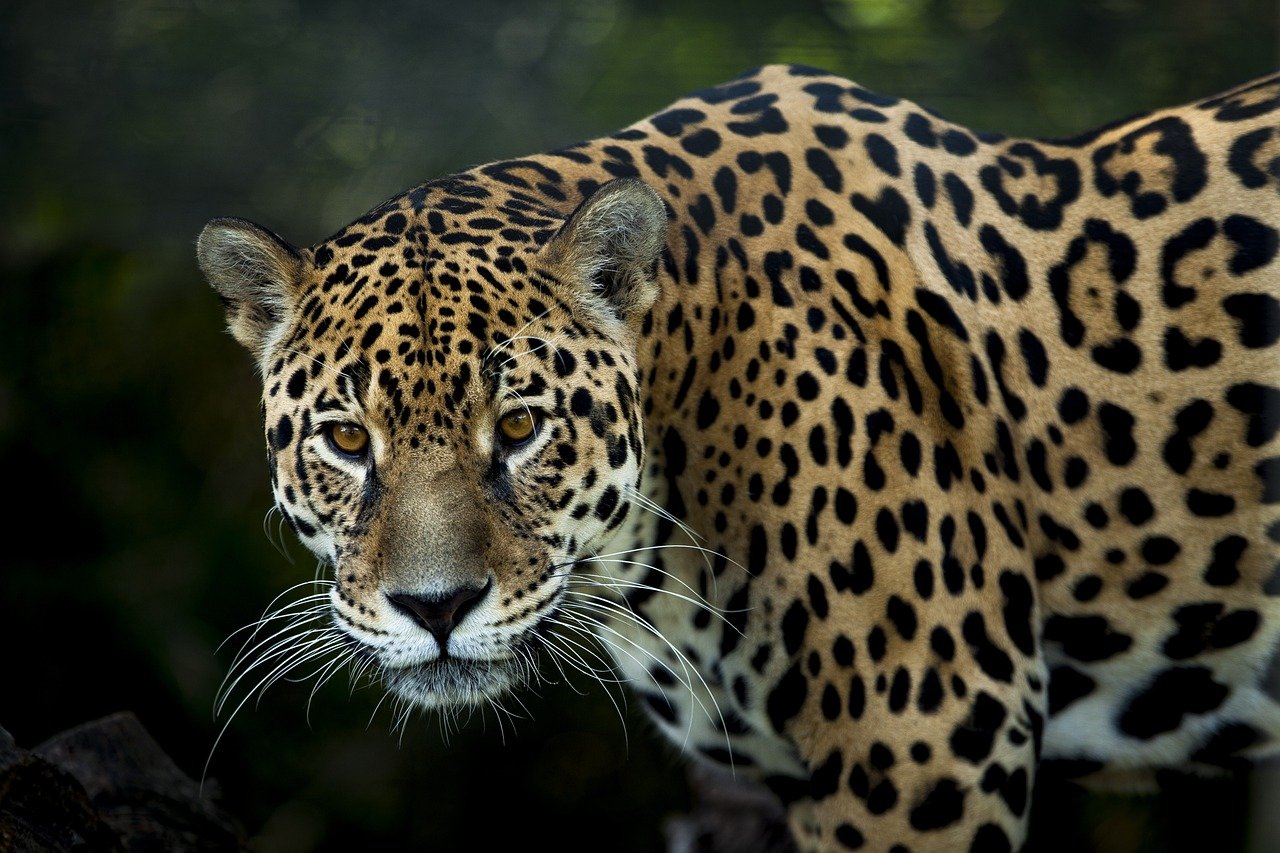
Big cats are carnivorous predators, relying heavily on their diets for survival. Their food intake directly impacts their health, reproductive capabilities, and overall well-being. In the wild, food is not always abundant. Therefore, big cats have developed strategies to optimize their diets based on availability and necessity. A balanced diet ensures they receive all the essential nutrients required for energy, growth, and repair. For instance, a lion’s diet rich in protein supports its muscular build, while the fat content helps sustain energy levels during long hunts.
Adapting to Seasonal Changes
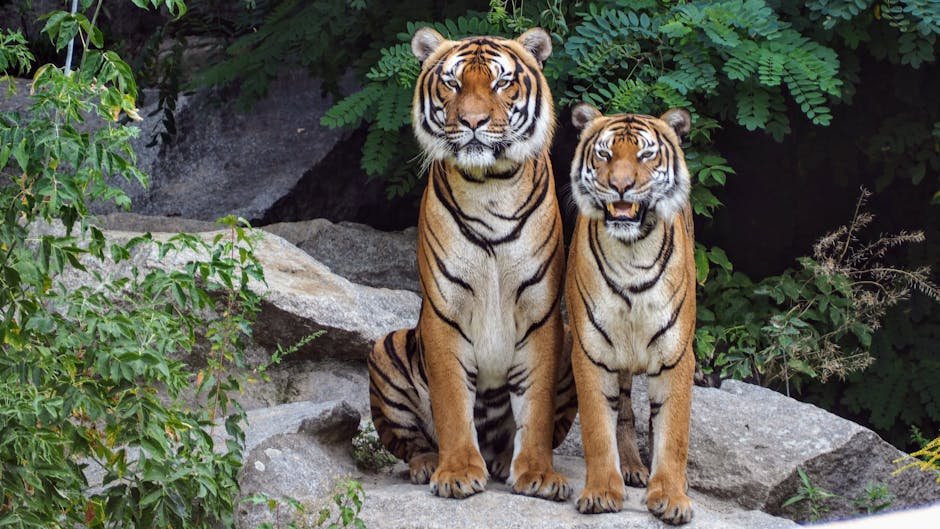
Seasonal changes can drastically affect the availability of prey for big cats. During dry seasons, water sources may dry up, causing prey animals to migrate. In response, big cats must adapt by either following their prey or shifting their diet to include smaller animals that remain in the area. Tigers, for example, are known to hunt wild boar and deer during the wet season when these animals are more plentiful, but they may resort to hunting smaller mammals and birds during the dry months.
Responding to Habitat Destruction
Human activities such as deforestation, urbanization, and agriculture have led to significant habitat destruction, forcing big cats to adapt to new environments. In fragmented habitats, prey species may be scarce, causing big cats to become more opportunistic in their feeding habits. Leopards, for instance, are highly adaptable and can thrive in various habitats, including forests, grasslands, and even urban areas. They have been observed preying on domestic animals when their natural prey is no longer available.
Shifting Prey Dynamics
Changes in prey populations can significantly impact the diets of big cats. Overhunting by humans or disease outbreaks can reduce the availability of certain prey species, forcing big cats to switch to alternative sources of food. This adaptability is crucial for their survival, as it allows them to maintain their energy levels and reproductive success even when their preferred prey is scarce. For example, cheetahs may hunt smaller antelopes or hares when larger prey like gazelles become less abundant.
The Role of Climate Change
Climate change is a global phenomenon that affects ecosystems worldwide, and big cats are no exception. Rising temperatures and altered weather patterns can lead to shifts in prey distribution and availability. Big cats must be able to adjust their hunting techniques and dietary preferences to cope with these changes. For instance, snow leopards in the Himalayas may have to travel further to find food as warming temperatures push their prey to higher altitudes.
Incorporating Human Influence
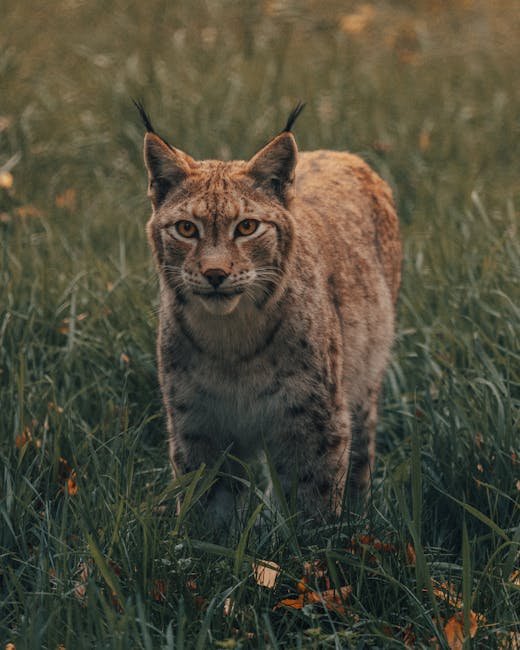
In regions where human settlements encroach on big cat habitats, these predators may adapt their diets to include livestock and other domestic animals. This shift can lead to conflicts with humans, but it also highlights the big cats’ remarkable ability to adapt to changing circumstances. Jaguars in the Amazon, for example, have been known to prey on cattle when their natural prey is scarce, illustrating their resilience in the face of human-induced habitat changes.
Learning from Their Mothers
Big cats are not born with the knowledge of how to hunt or what to eat; they learn these skills from their mothers. This learning process is crucial for their survival, as it allows them to adapt to changes in their environment. Young cubs observe their mothers’ hunting techniques and dietary preferences, which helps them develop their own strategies for acquiring food. This adaptability is passed down through generations, ensuring the survival of the species.
Adapting to Prey Behavior
Prey animals often develop their own strategies to avoid predation, which can force big cats to adapt their hunting techniques and diet. For example, prey species may become more vigilant or change their feeding times to avoid predators. In response, big cats may alter their hunting patterns, such as hunting at different times of day or using stealthier approaches. This ongoing evolutionary arms race between predator and prey highlights the dynamic nature of ecosystems and the adaptability of big cats.
Surviving in Diverse Habitats
Big cats are found in a wide range of habitats, from dense rainforests to arid deserts. Each habitat presents unique challenges and opportunities for hunting and feeding. For instance, lions in the African savannah rely on large herbivores like zebras and wildebeests, while jaguars in the Amazon rainforest prey on caimans and capybaras. This diversity in diet reflects the adaptability of big cats to different environments and their ability to exploit available resources.
Utilizing Unique Hunting Techniques
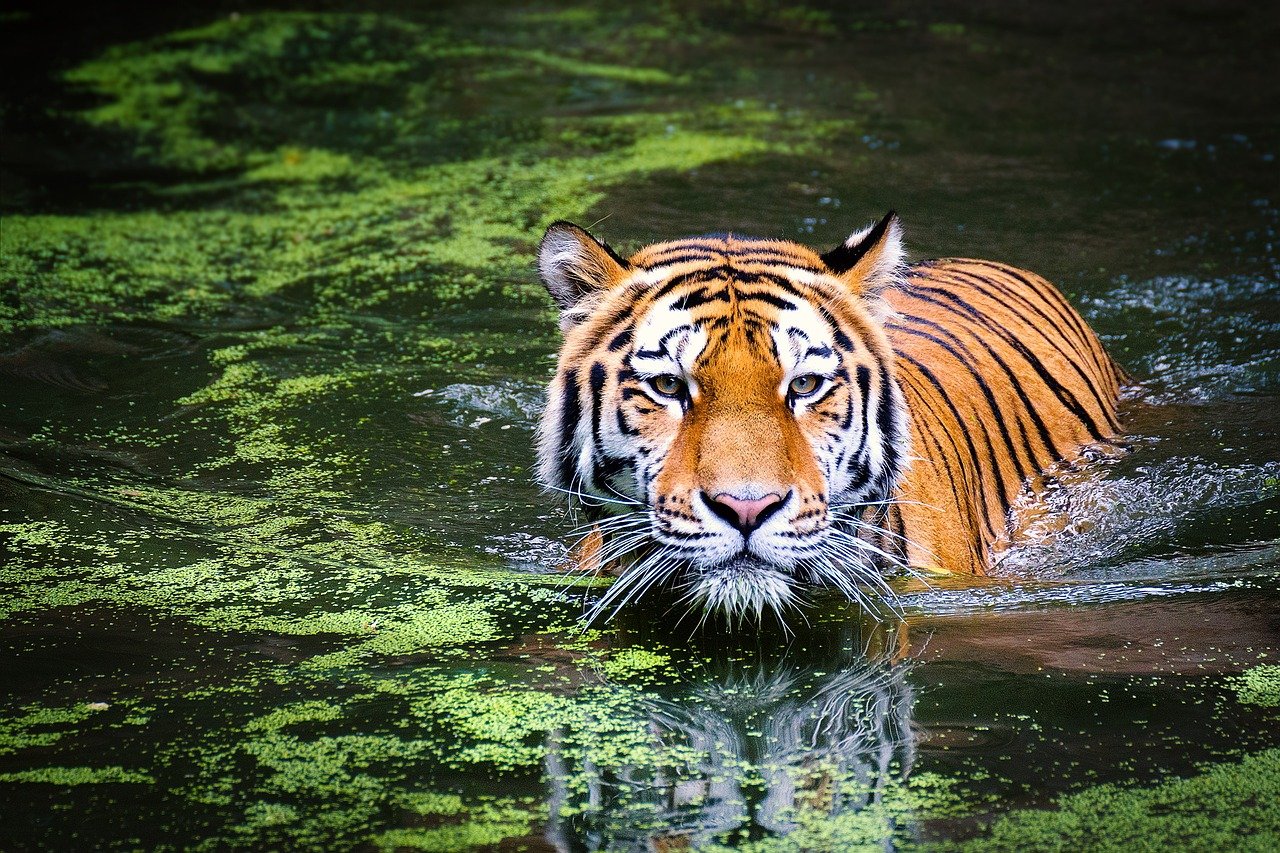
Different big cat species have evolved unique hunting techniques that allow them to capture a variety of prey. These techniques are often tailored to their specific habitats and prey species. Cheetahs, known for their incredible speed, rely on short bursts of acceleration to catch fast-moving prey on open plains. In contrast, tigers use their strength and stealth to ambush prey in dense forests. These specialized hunting methods enable big cats to thrive in their respective environments.
Adapting to Urban Environments
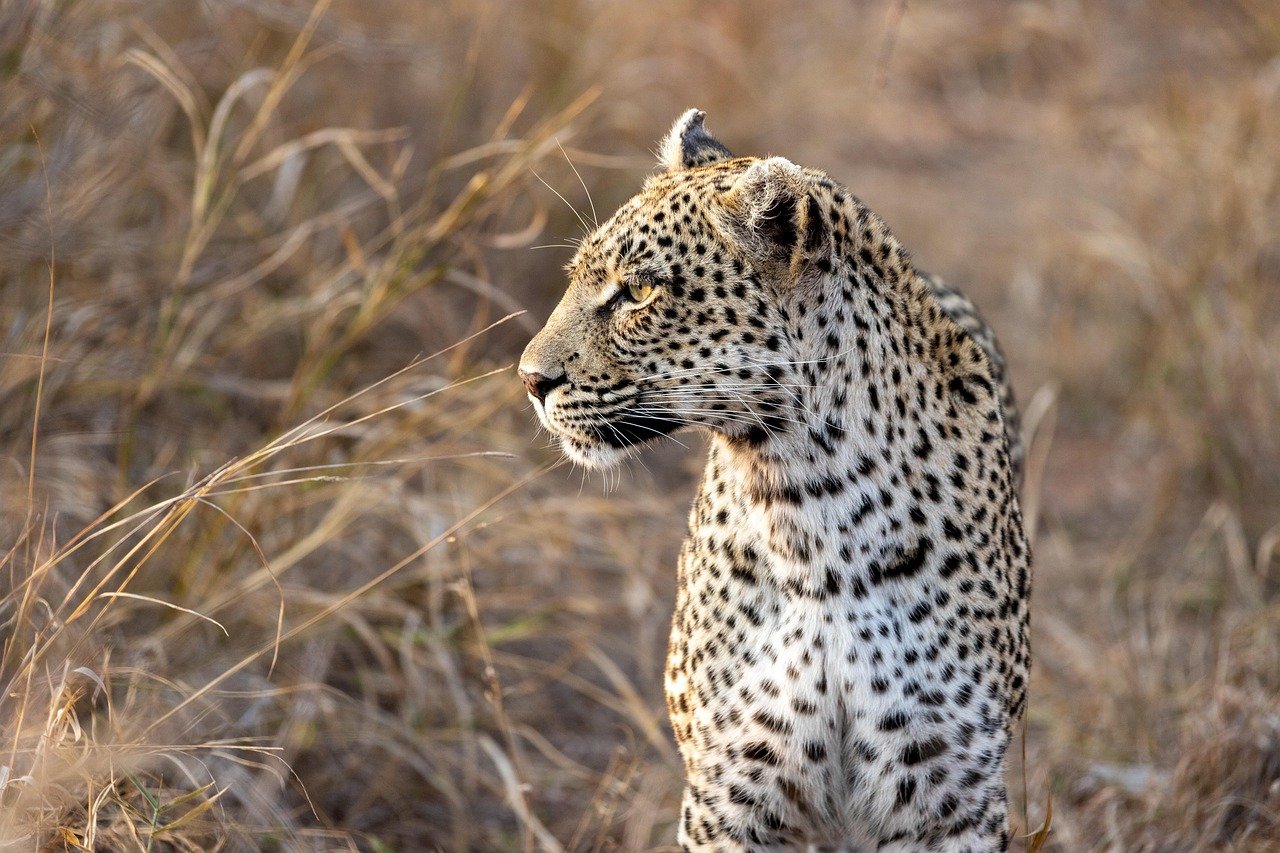
As urban areas expand, some big cats have been forced to adapt to living in close proximity to humans. In these environments, they may alter their diets to include scavenging from human waste or preying on domestic animals. This ability to adapt to human-dominated landscapes demonstrates the resilience of big cats and their capacity to survive in a rapidly changing world. Leopards, in particular, have been observed thriving in cities by preying on stray dogs and other urban wildlife.
The Impact of Competition
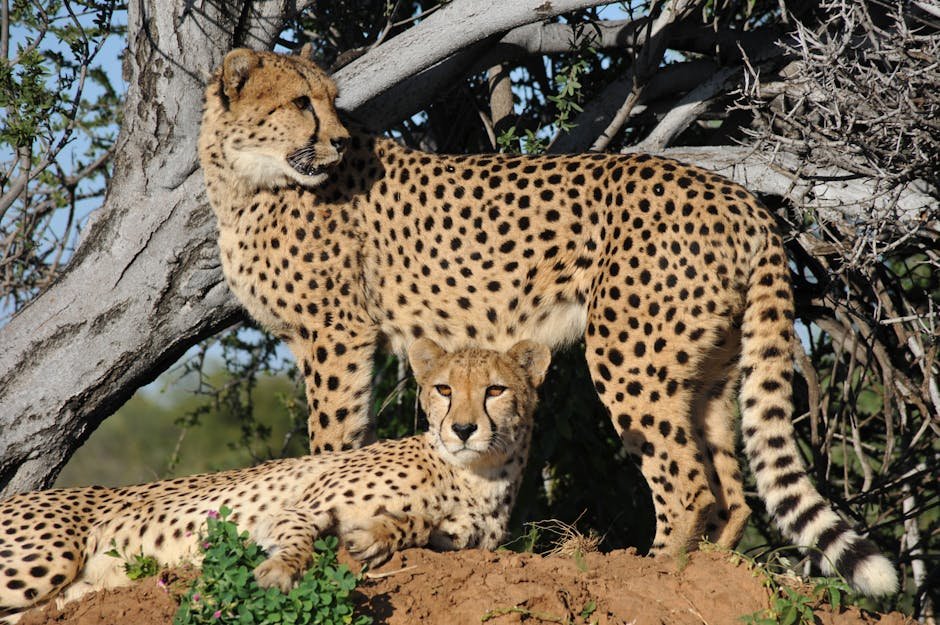
In ecosystems where multiple big cat species coexist, competition for food can be intense. To avoid direct competition, these predators may adapt by specializing in different prey species or hunting at different times. For example, in areas where lions and leopards coexist, lions may focus on larger prey like buffalo, while leopards target smaller animals such as impalas. This partitioning of resources allows multiple big cat species to coexist and thrive in the same habitat.
Adjusting to Prey Scarcity
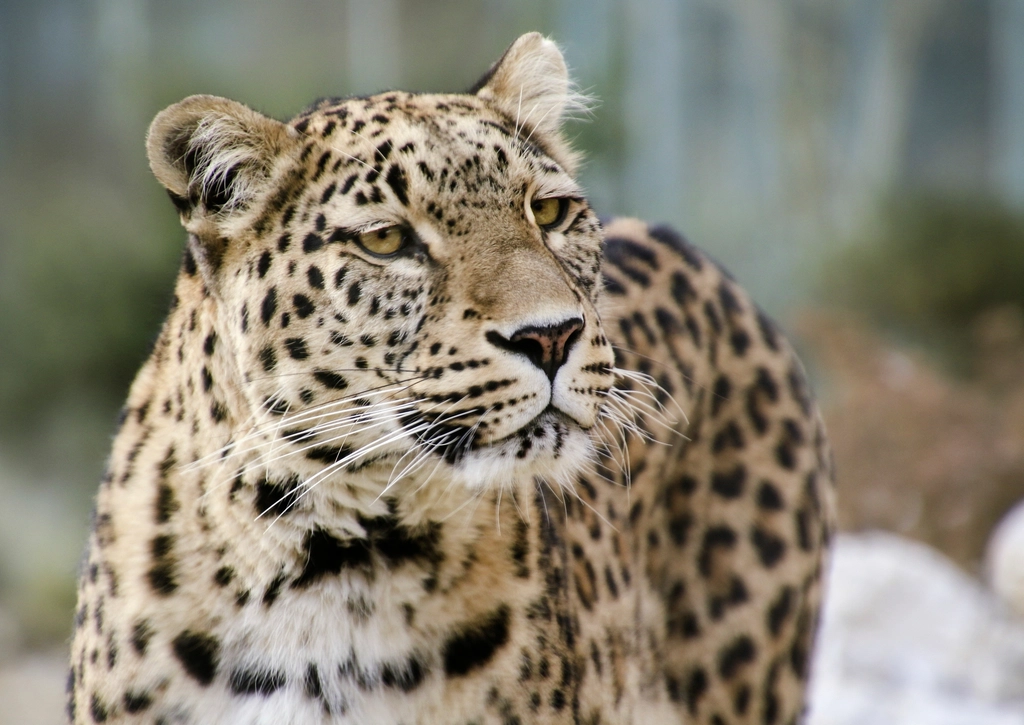
When prey becomes scarce, big cats must be able to adapt their diets to include alternative food sources. This adaptability is crucial for their survival, especially in times of environmental stress. For instance, during a drought, lions may be forced to scavenge from carcasses or hunt smaller animals like rodents and birds. This flexibility in diet allows big cats to endure challenging conditions and maintain their populations over time.
The Role of Social Structure
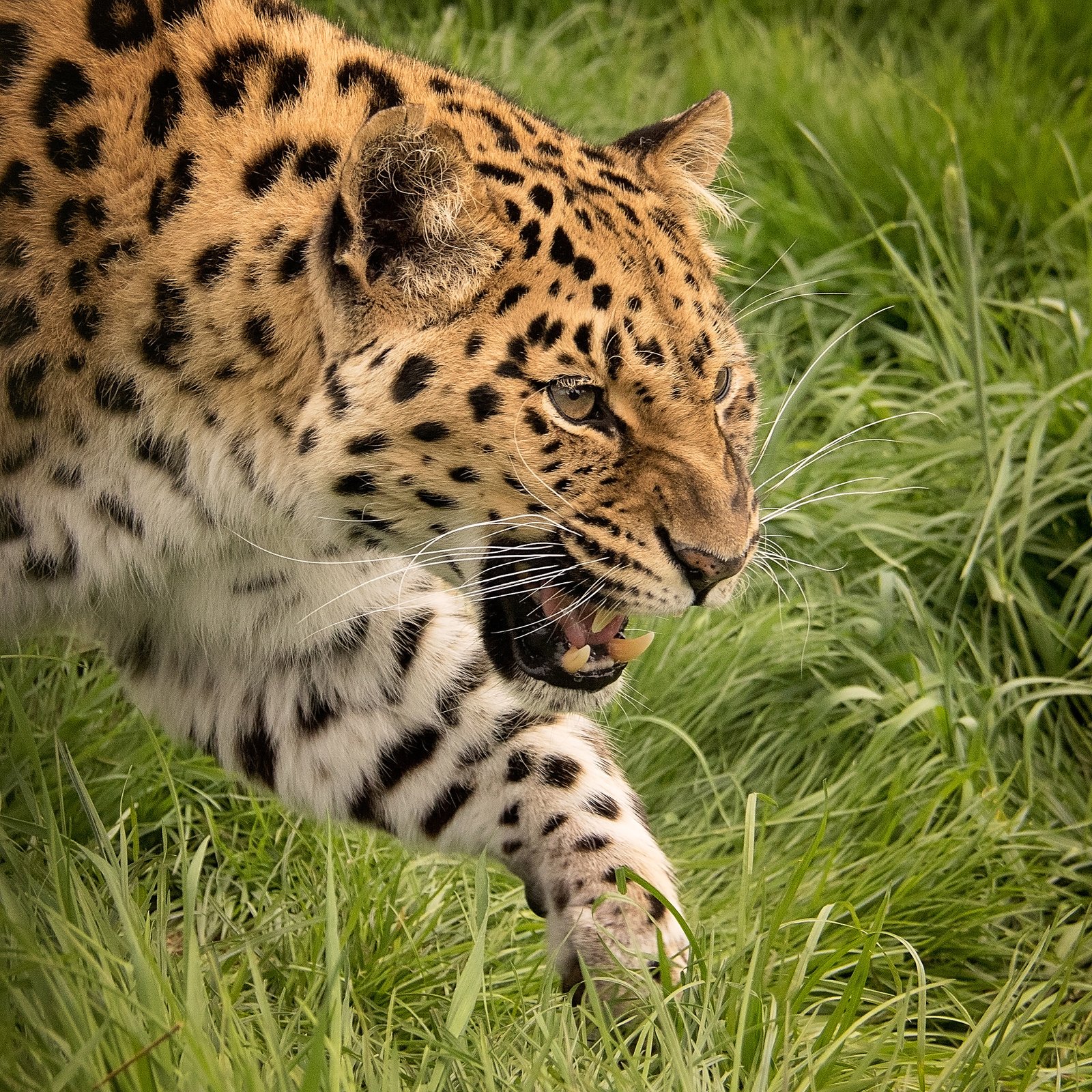
The social structure of big cats can influence their feeding habits and dietary adaptations. For example, lions live in prides, which allows them to hunt cooperatively and share food. This social behavior can enhance their hunting success and enable them to tackle larger prey. In contrast, solitary big cats like leopards and tigers rely on stealth and individual hunting skills to capture prey. These different social structures reflect the diverse strategies big cats use to adapt to their environments.
Adapting to New Territories
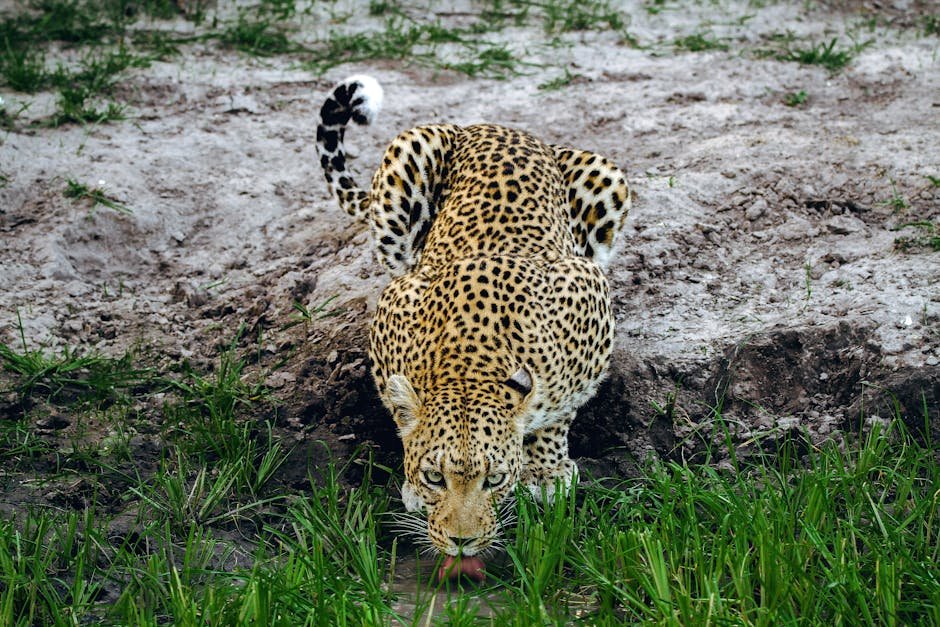
As big cats expand into new territories, they must adapt their diets to the available prey species in these areas. This process may involve trial and error, as they learn which animals are suitable for hunting and which are not. For example, when tigers are introduced to new habitats, they may initially struggle to find food but eventually adapt by targeting local prey. This ability to adjust to new environments is a testament to the resilience and adaptability of big cats.
Impact of Human-Wildlife Conflict
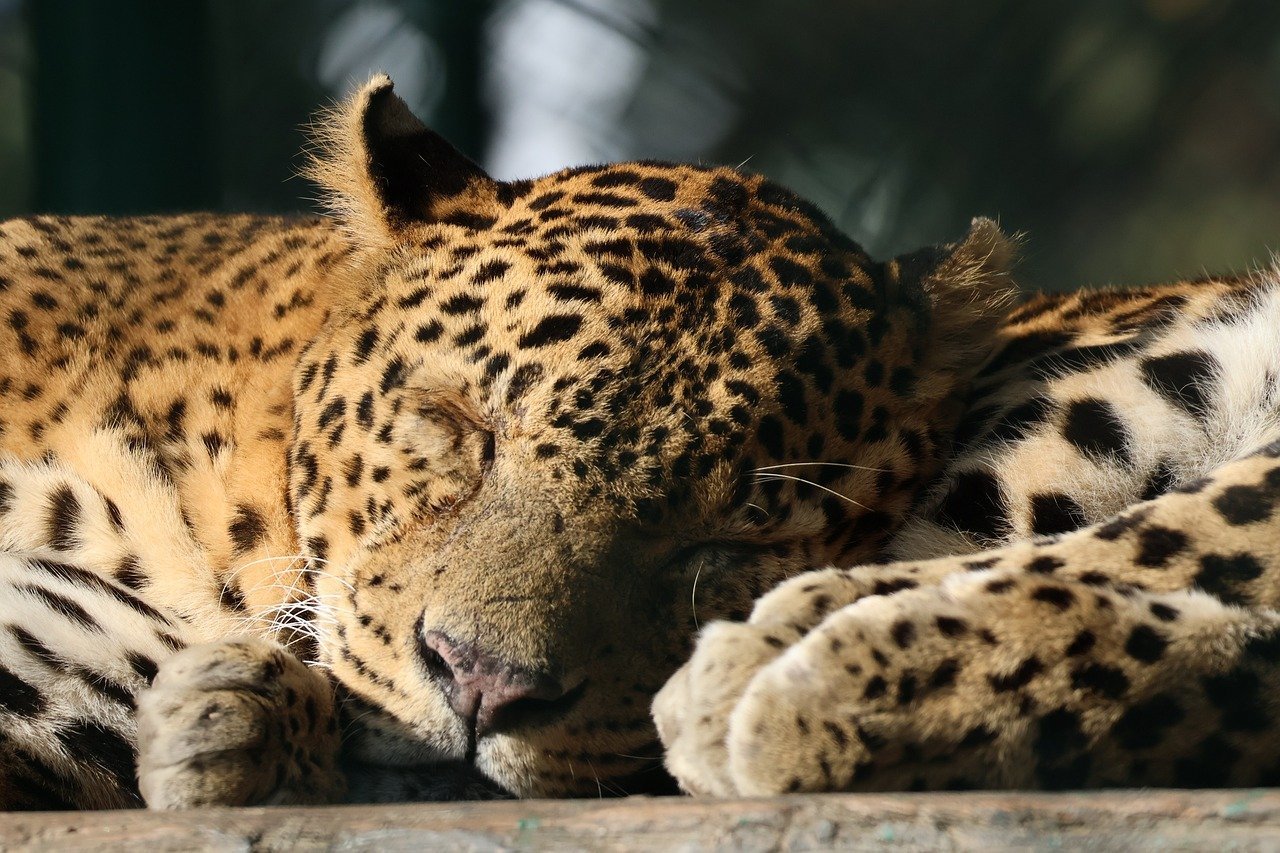
Human-wildlife conflict poses significant challenges for big cats, as they often come into contact with human activities and livestock. To mitigate these conflicts, big cats may adapt their diets to avoid human settlements and focus on natural prey. However, when natural prey is scarce, they may resort to preying on livestock, leading to potential conflicts with humans. Understanding these dynamics is crucial for developing conservation strategies that support the coexistence of big cats and humans.
Adapting to Prey Evasion Tactics
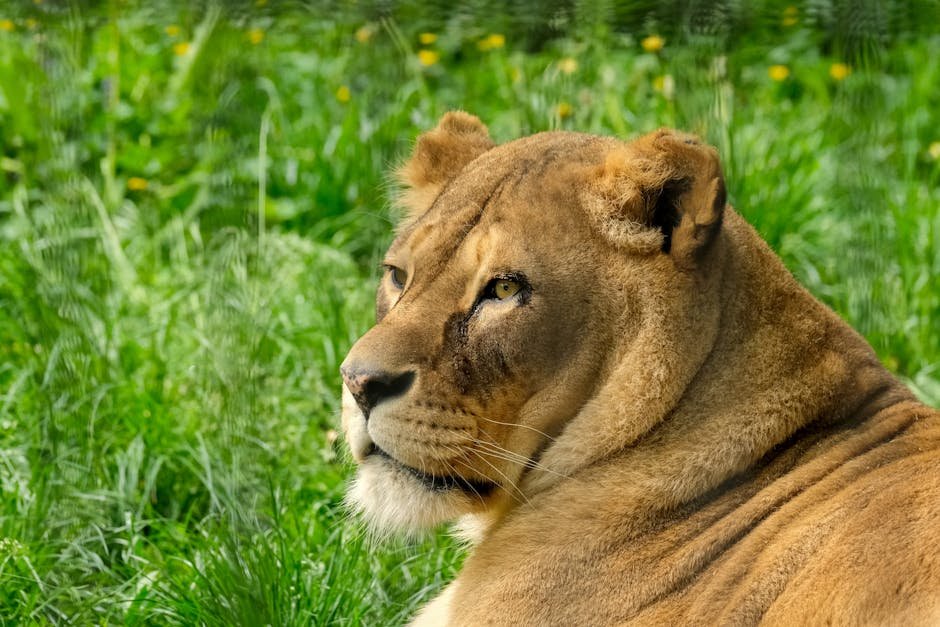
Prey animals are constantly evolving new tactics to evade predators, which in turn forces big cats to adapt their hunting strategies. For example, some prey species may develop heightened senses or faster running speeds to escape predation. In response, big cats may refine their stalking techniques or use ambush strategies to catch their prey off guard. This continuous adaptation showcases the dynamic relationship between predators and prey in the natural world.
Learning from Experience
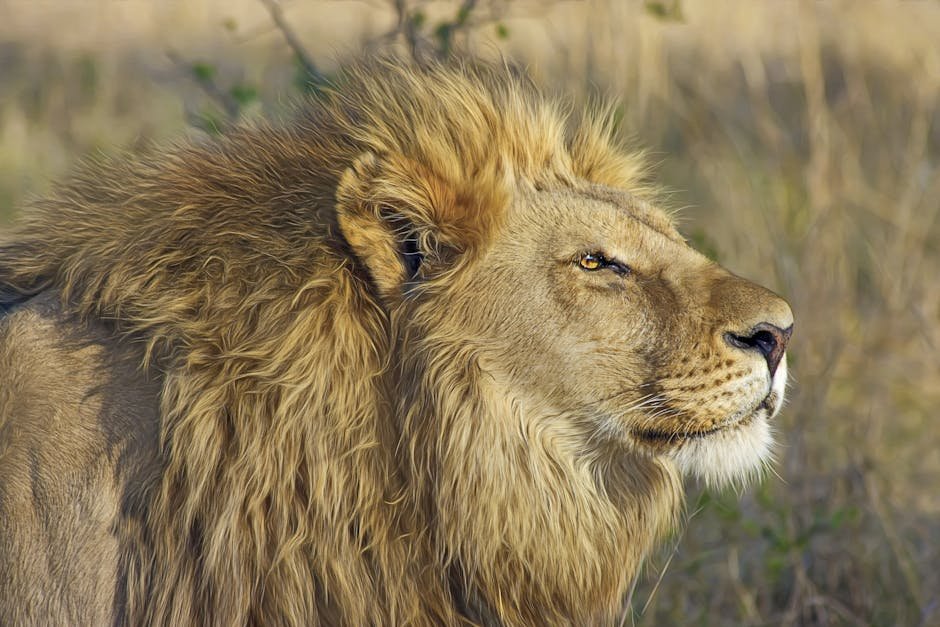
Big cats are intelligent animals capable of learning from their experiences. This learning ability allows them to adapt their diets and hunting strategies based on past successes and failures. For instance, a leopard that successfully catches a particular type of prey may continue to target similar animals in the future. This capacity for learning and adaptation is essential for their survival in changing environments and highlights their remarkable cognitive abilities.
The Role of Conservation Efforts
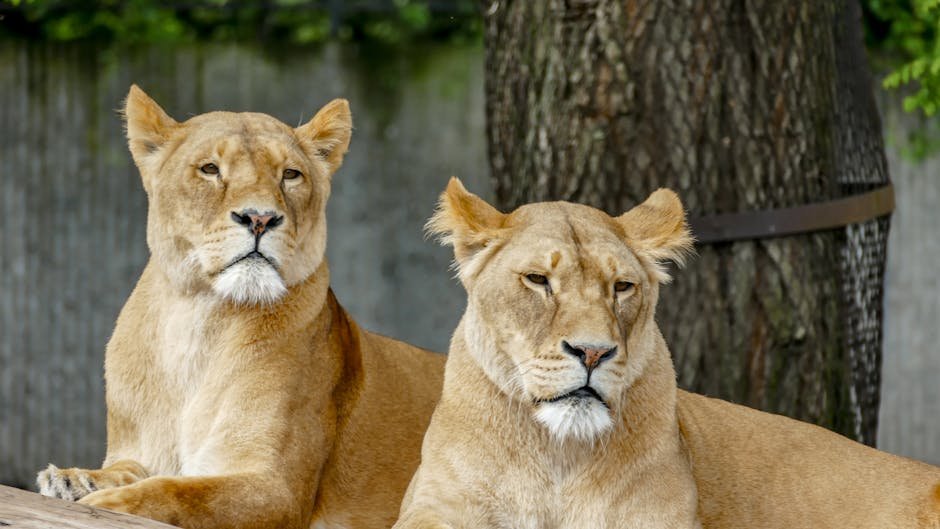
Conservation efforts play a crucial role in supporting the survival of big cats and their ability to adapt to changing habitats. By protecting natural habitats and ensuring the availability of prey, conservation initiatives help big cats maintain their traditional diets and reduce the need for adaptation. Additionally, efforts to mitigate human-wildlife conflict can support the coexistence of big cats and humans, allowing these majestic creatures to thrive in a rapidly changing world.
The Future of Big Cats
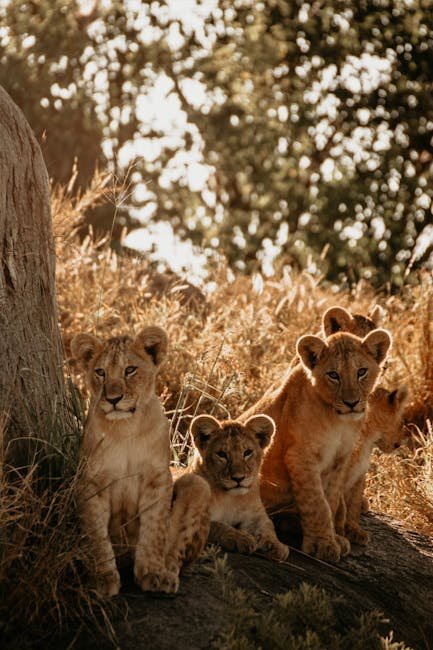
The future of big cats depends on their ability to continue adapting to changing environments and human influences. As climate change, habitat destruction, and human-wildlife conflict persist, big cats must remain resilient and adaptable to survive. Understanding their dietary adaptations and supporting conservation efforts are crucial for ensuring the long-term survival of these magnificent animals. By fostering coexistence and protecting natural habitats, we can help secure a future for big cats in the wild.


